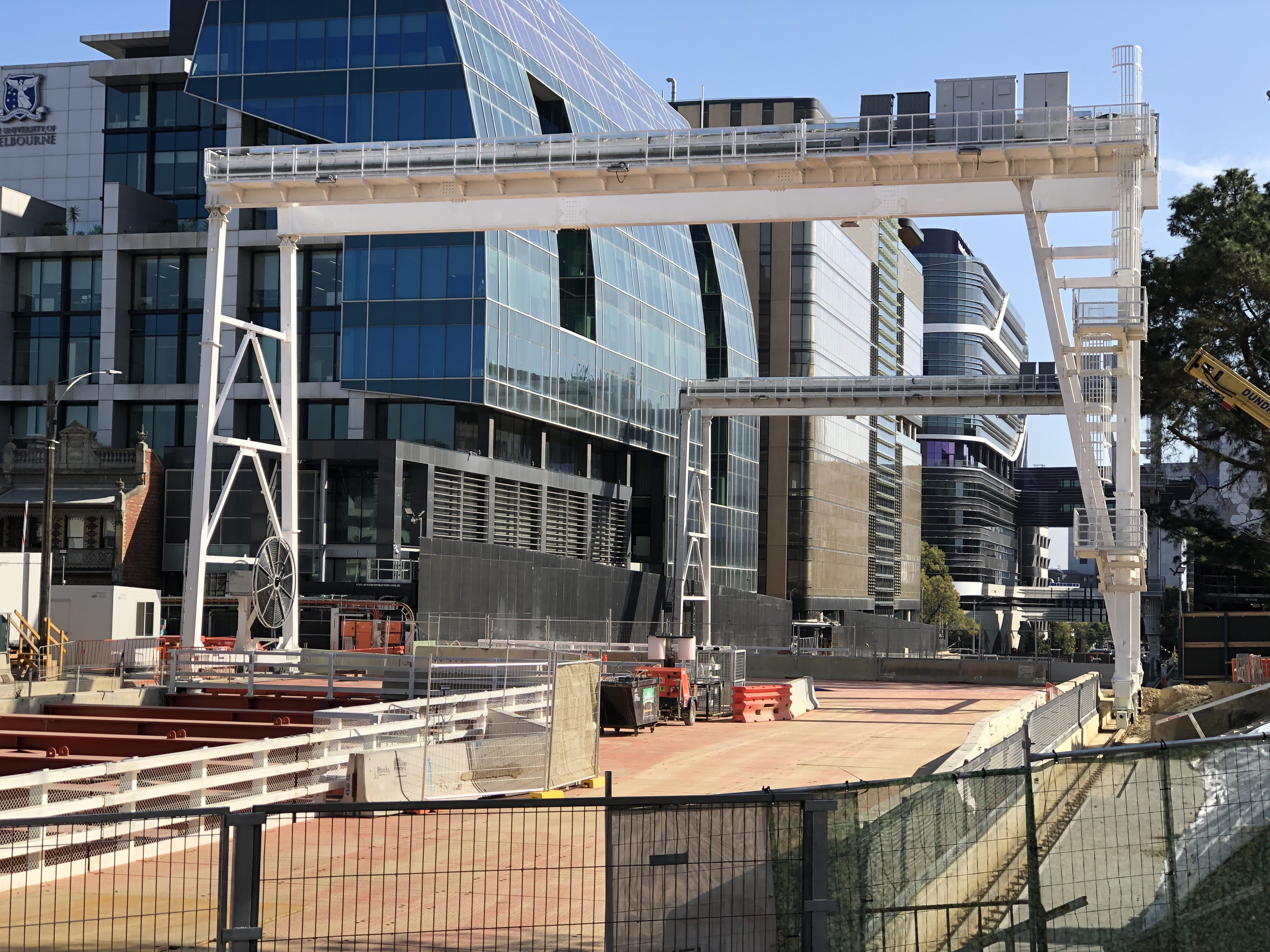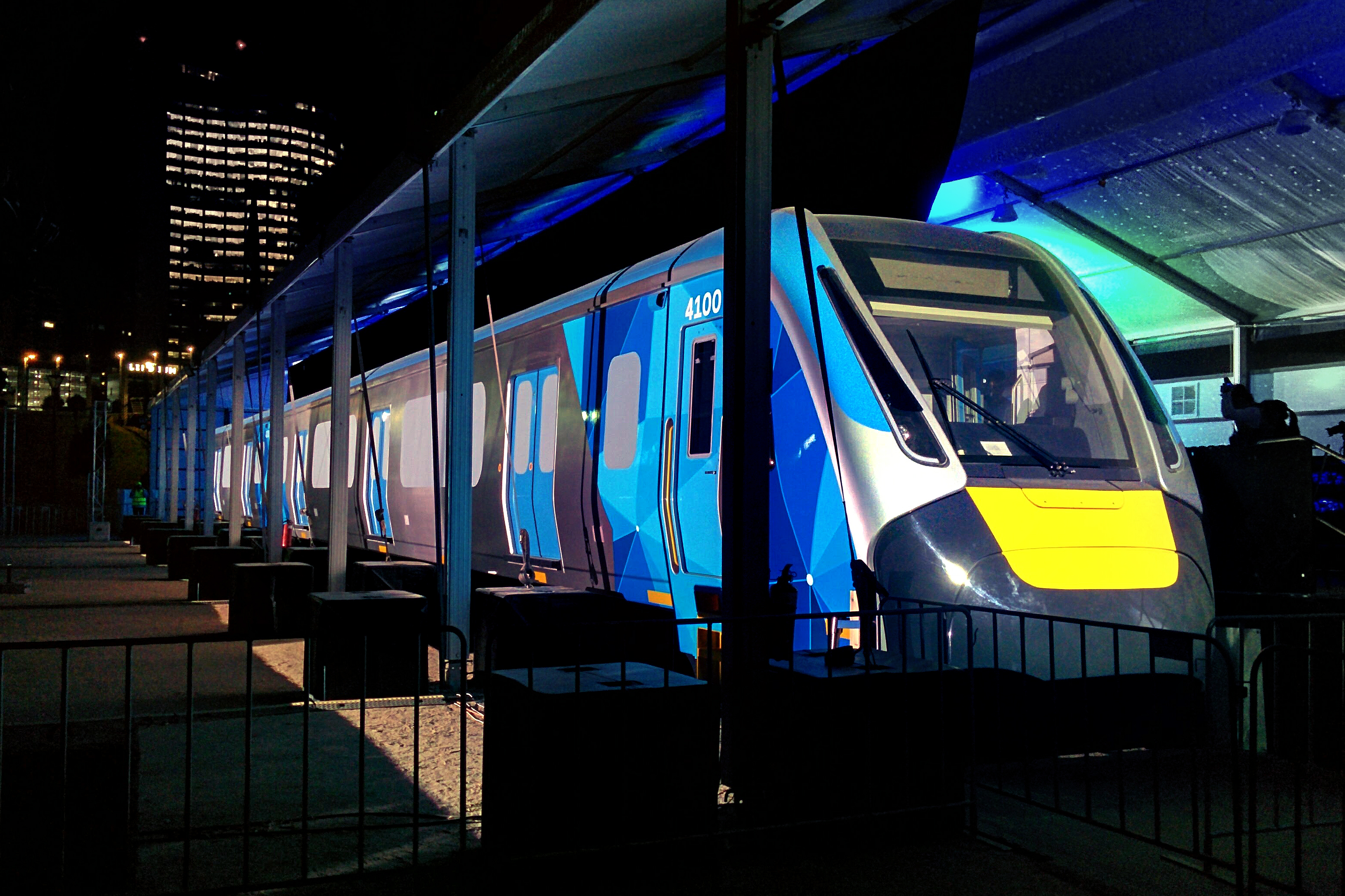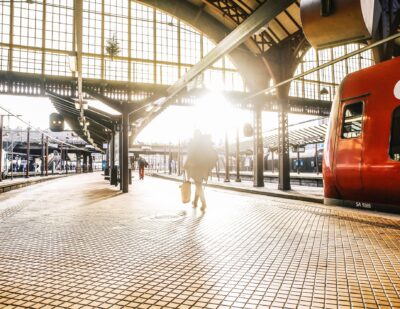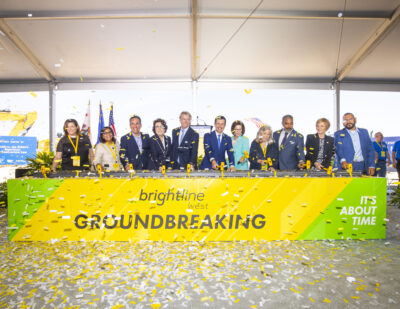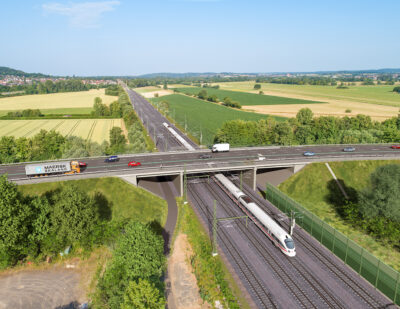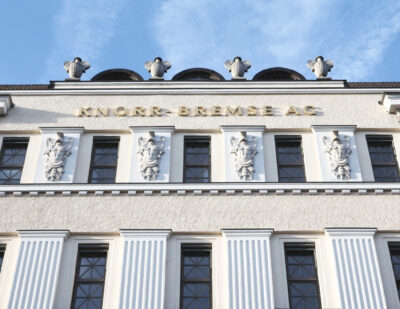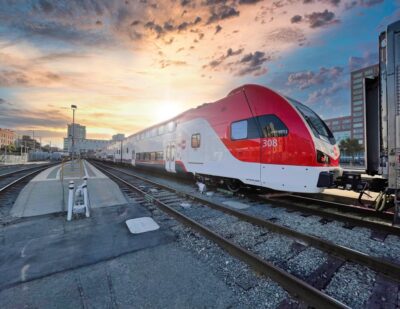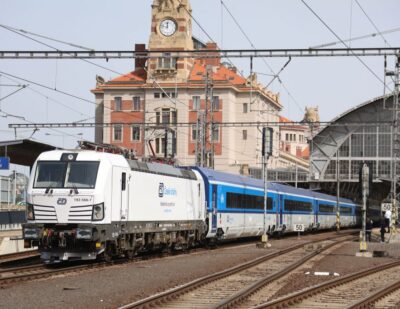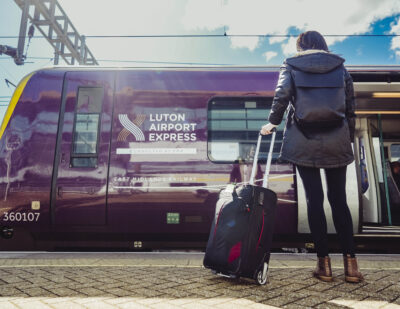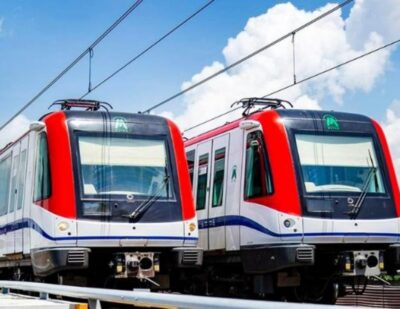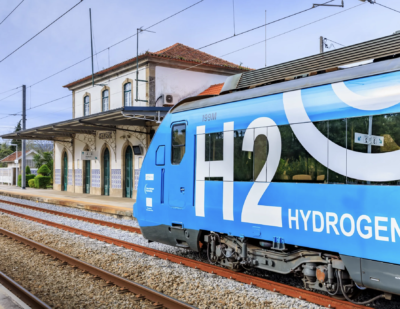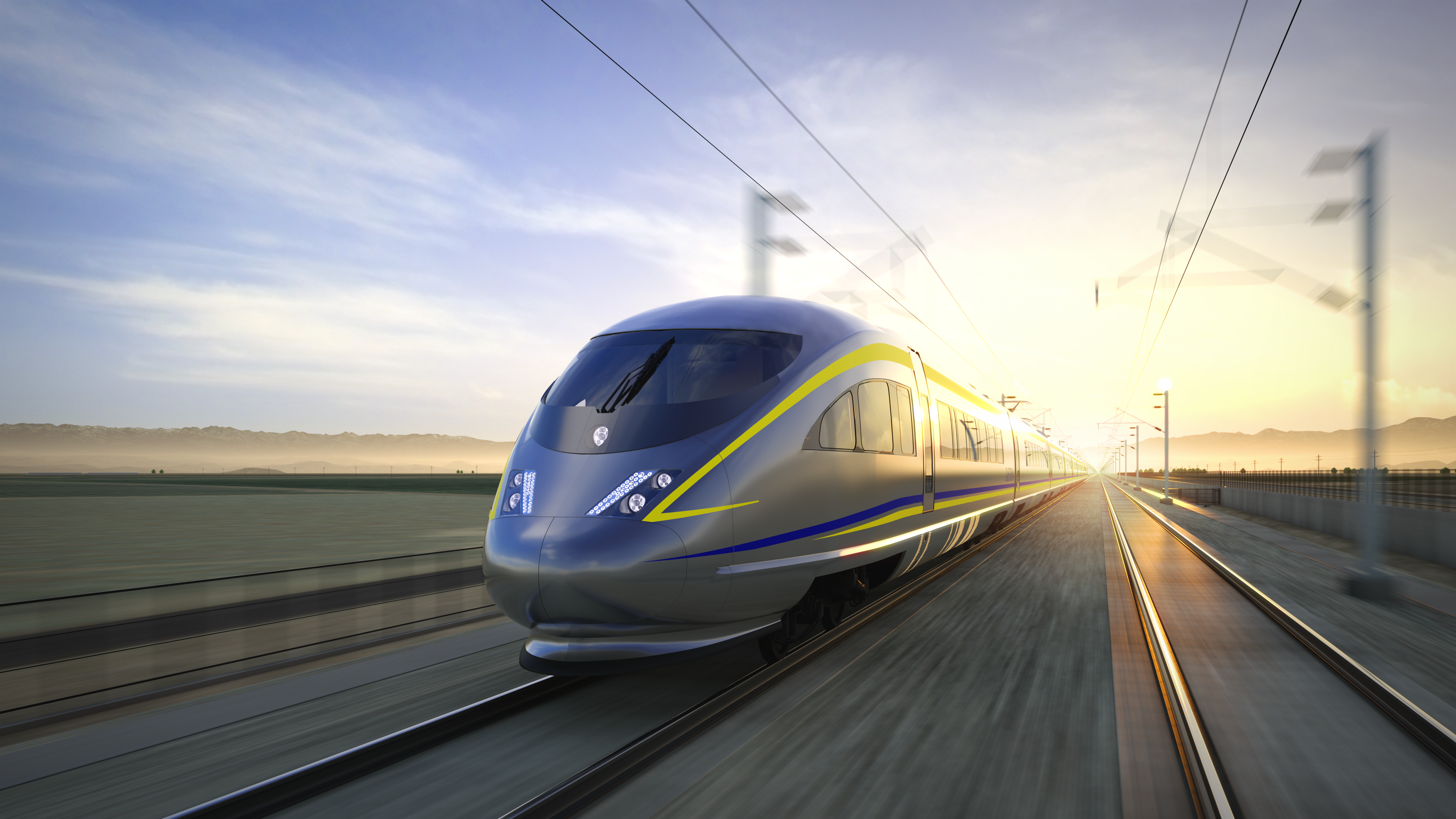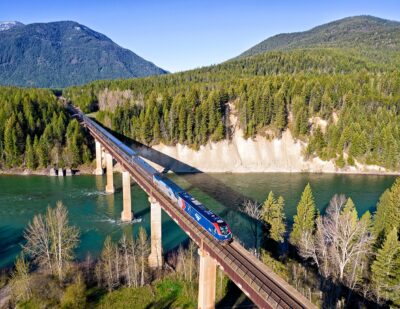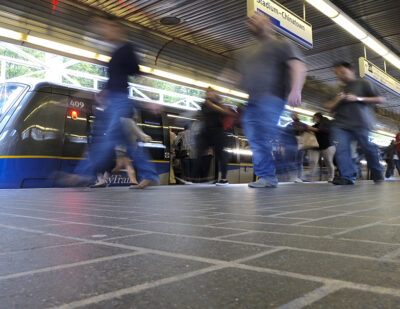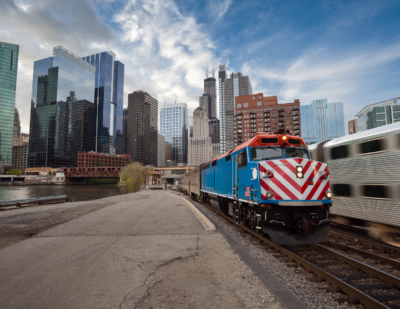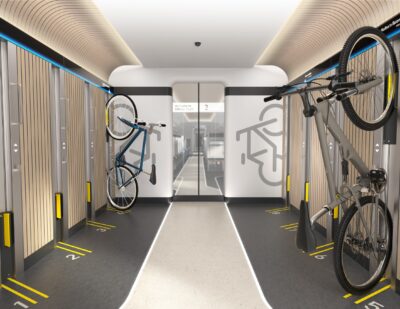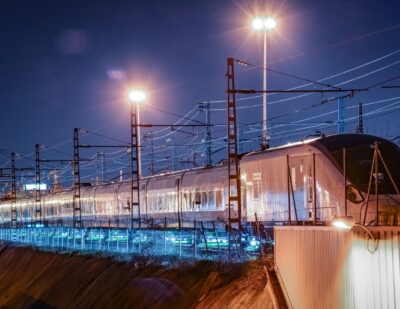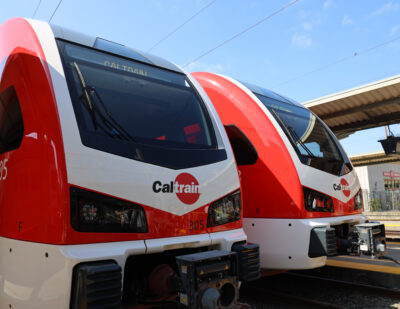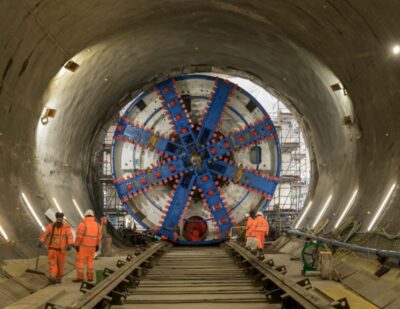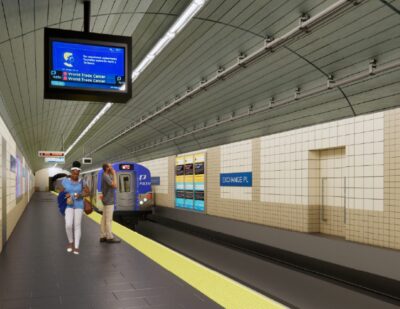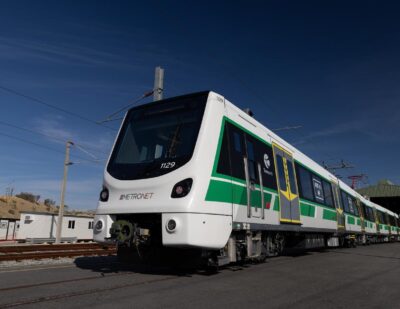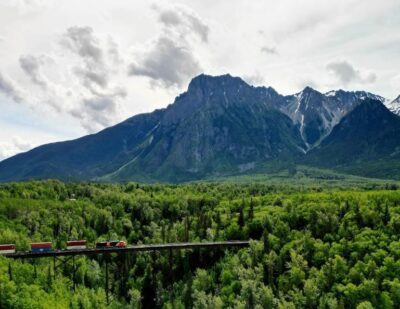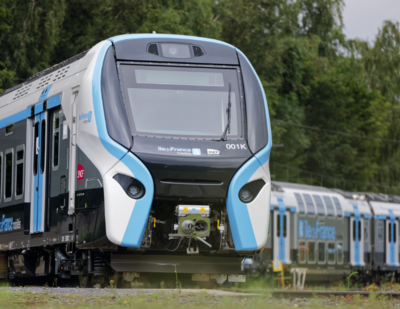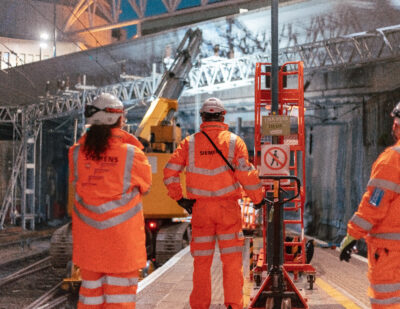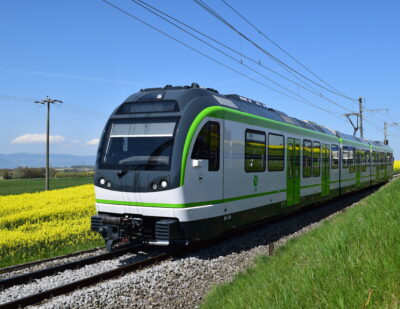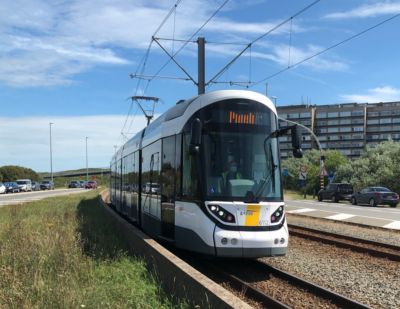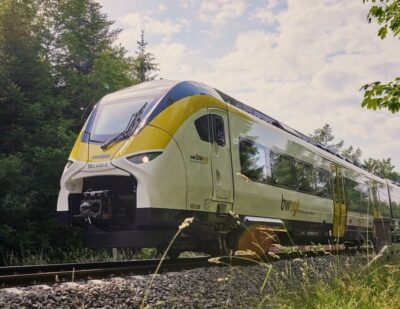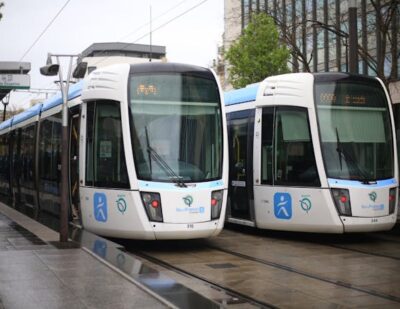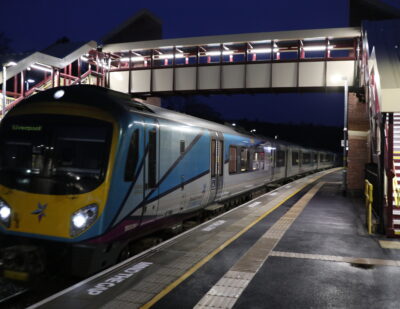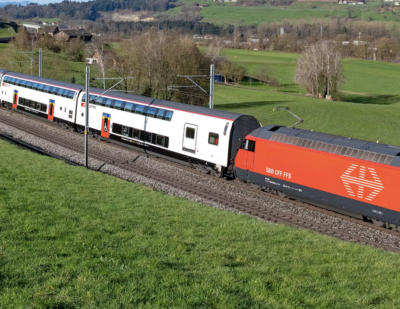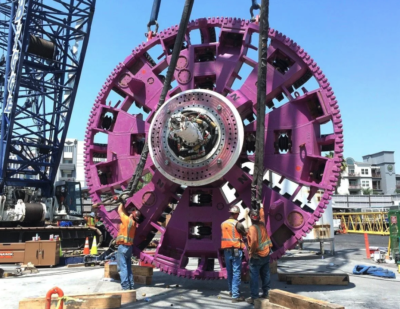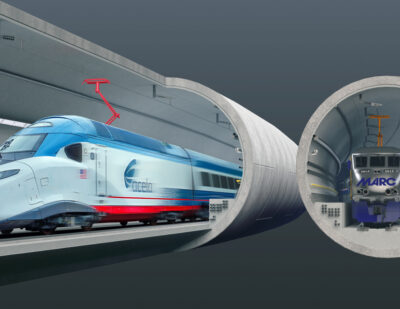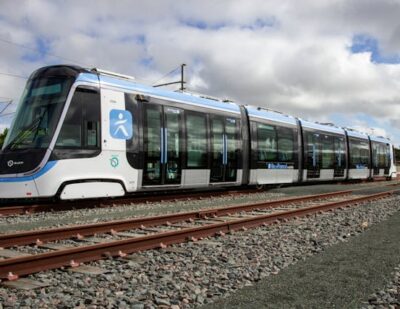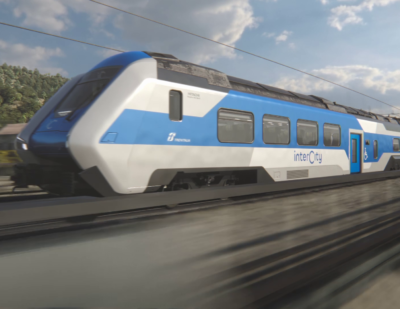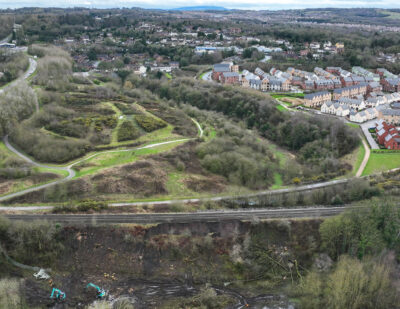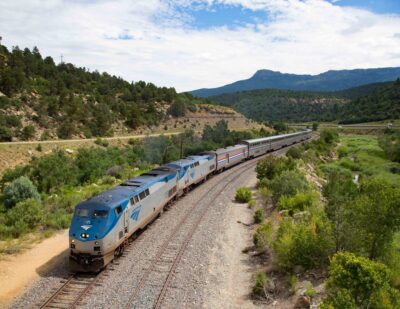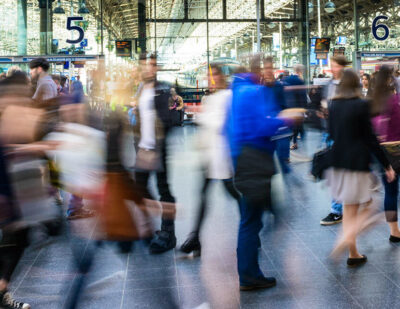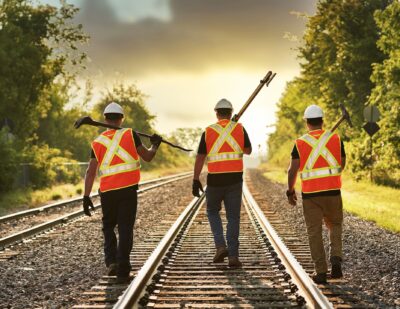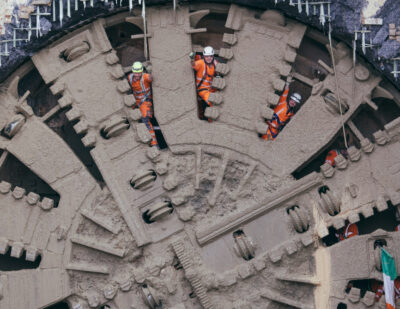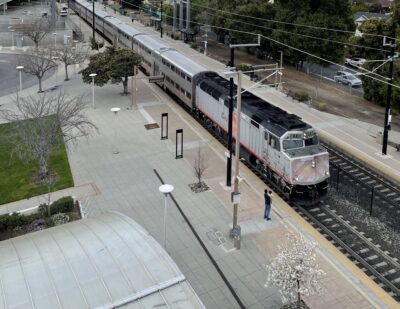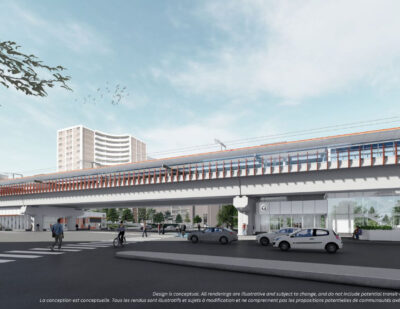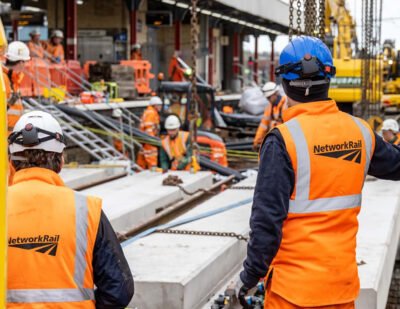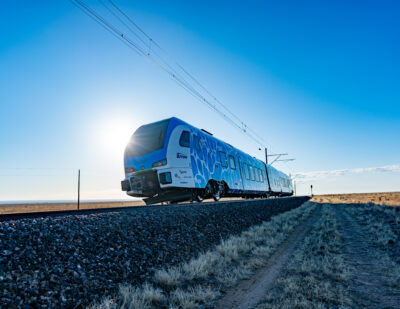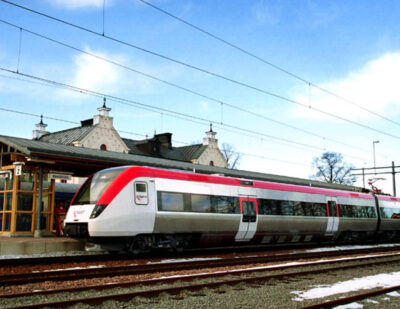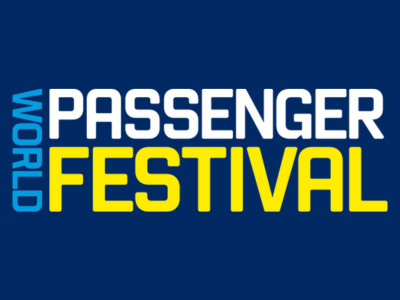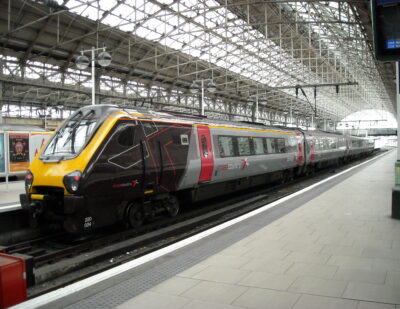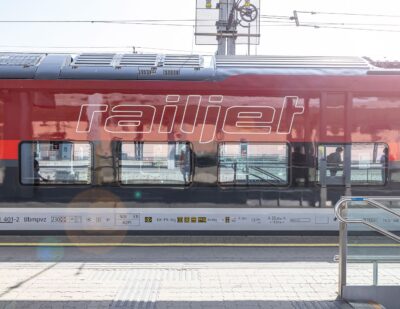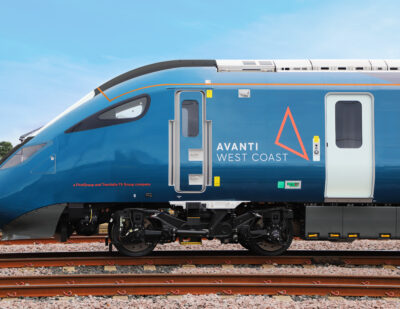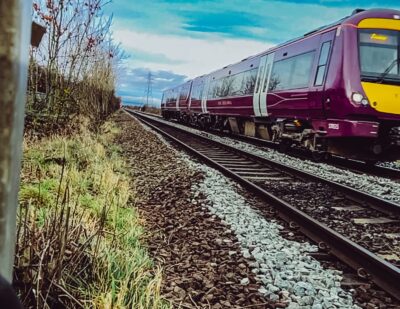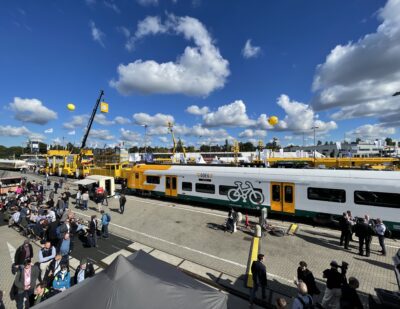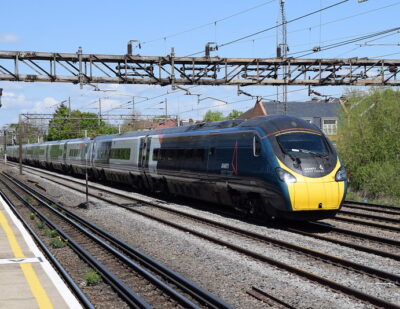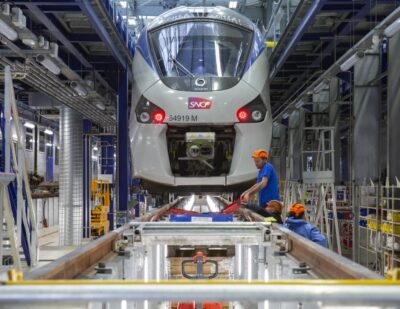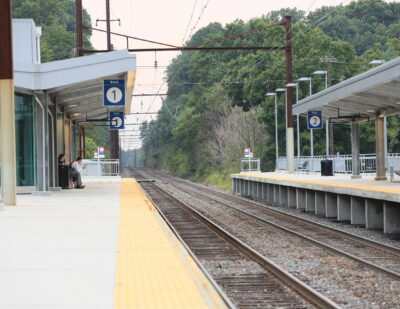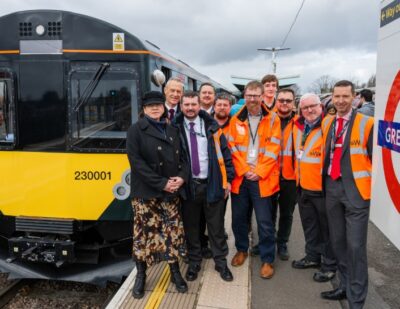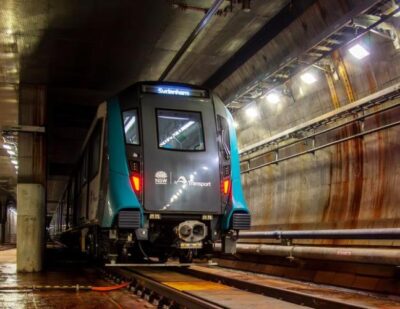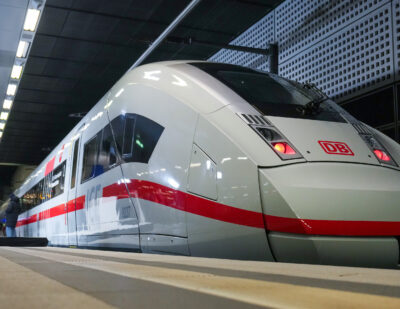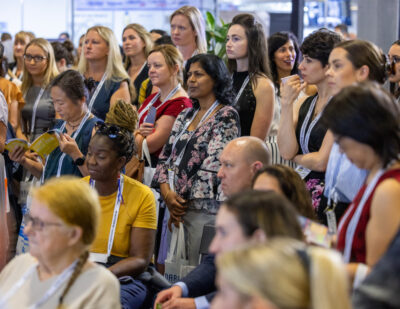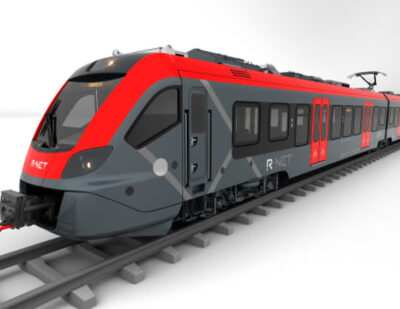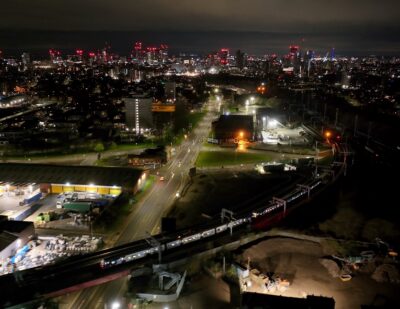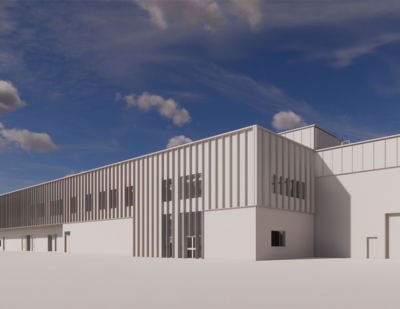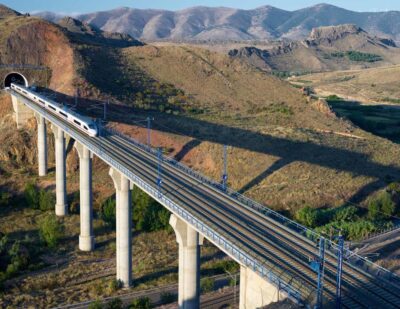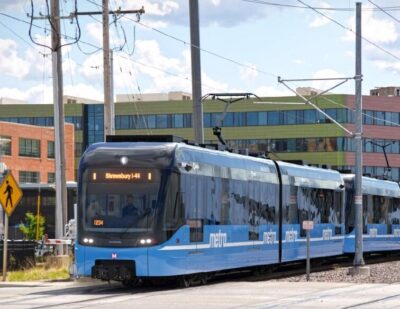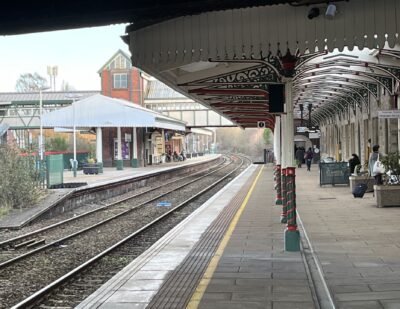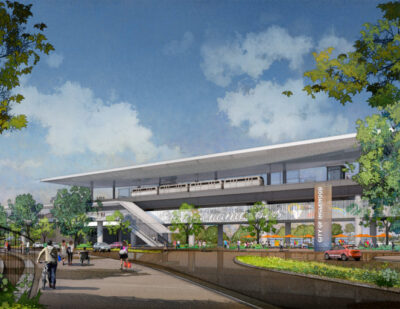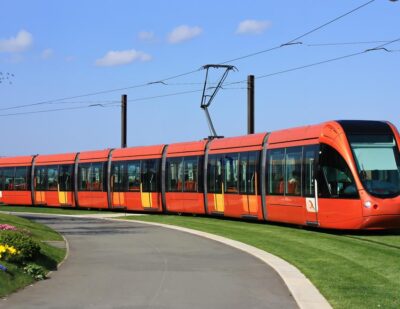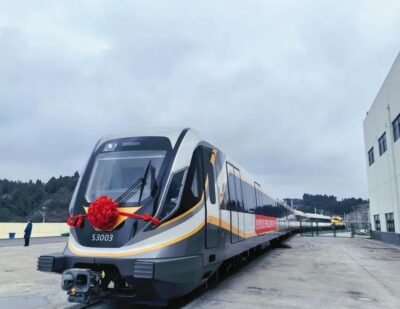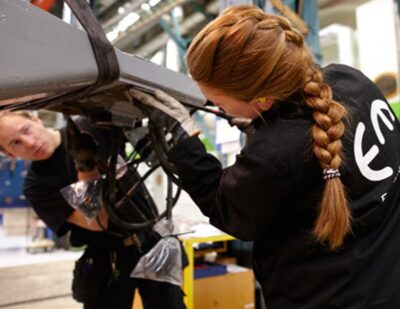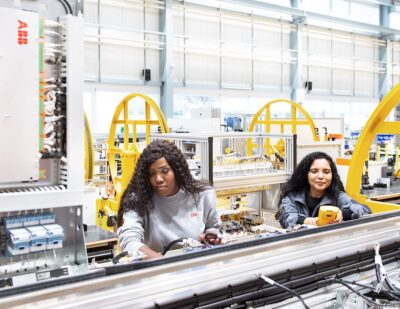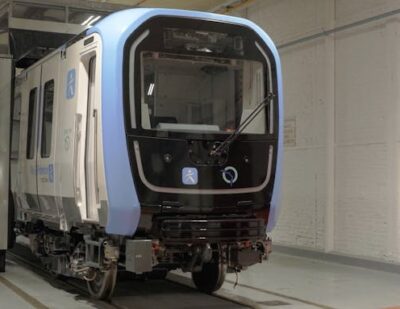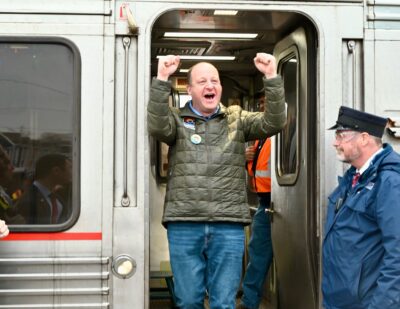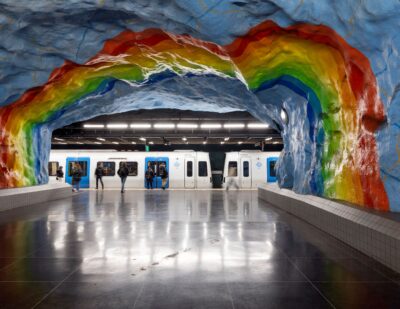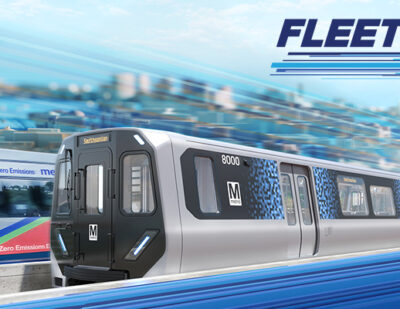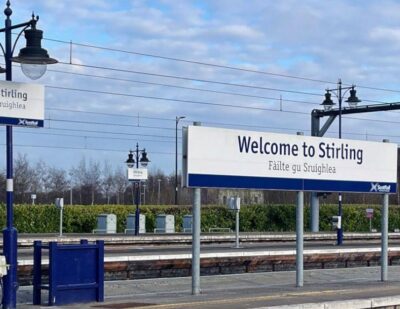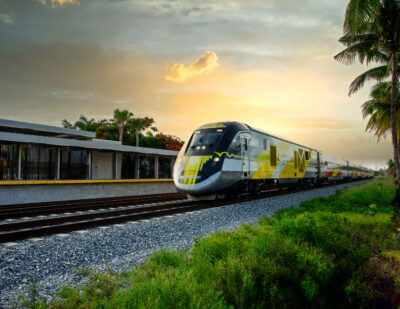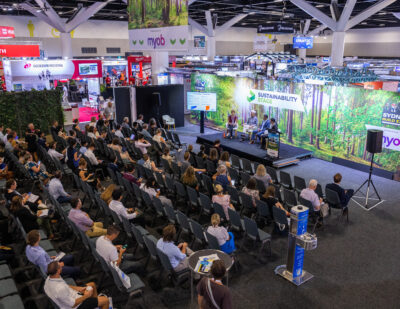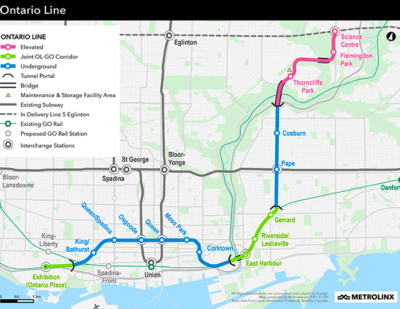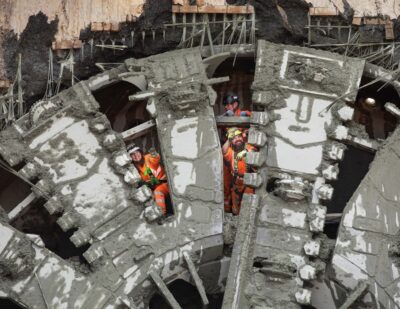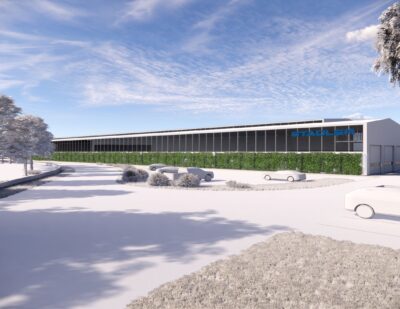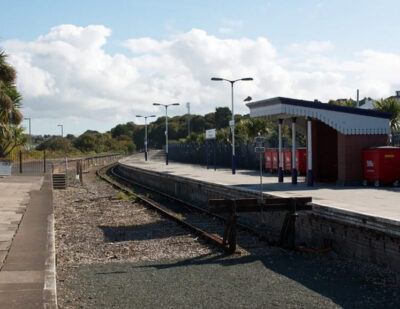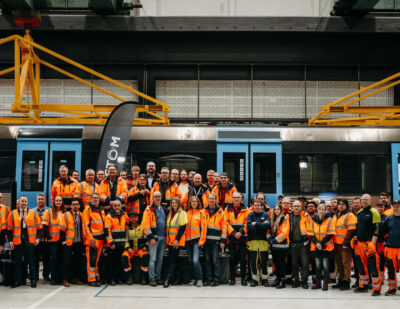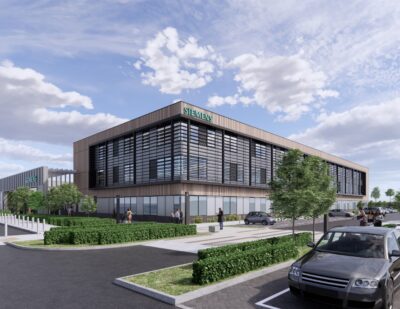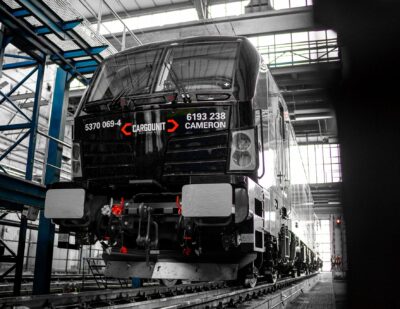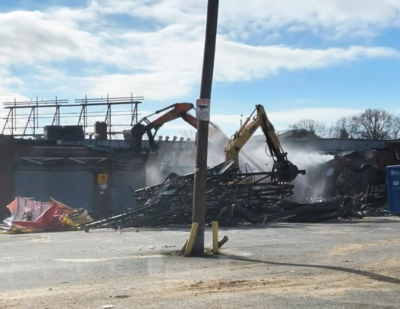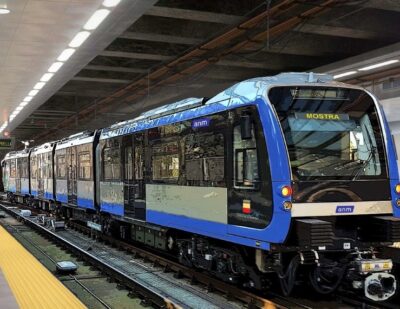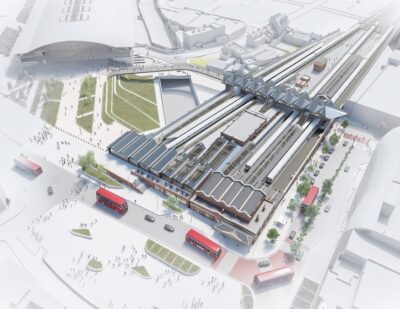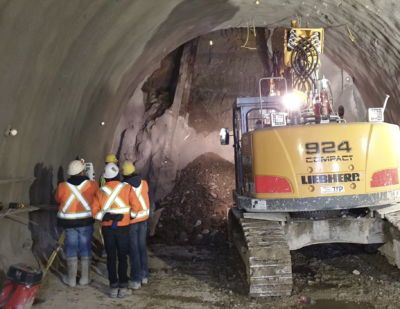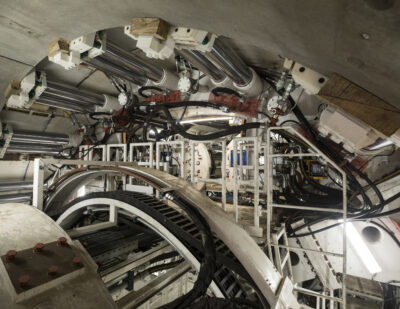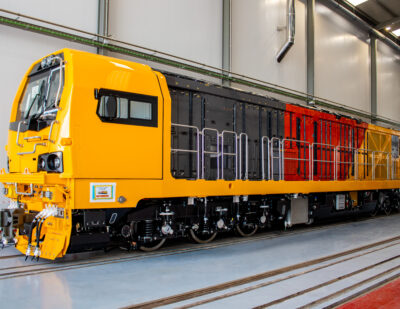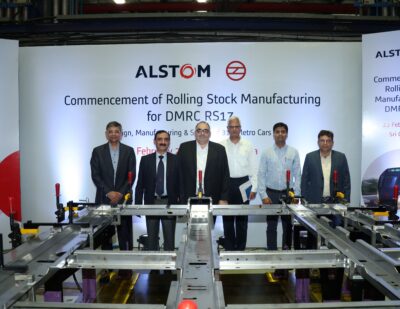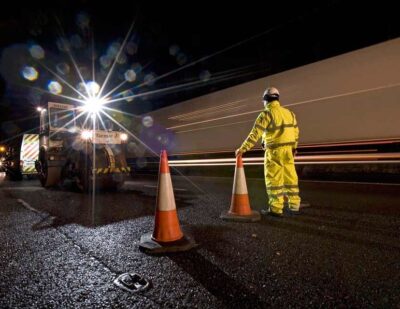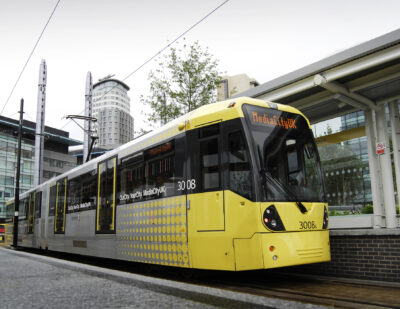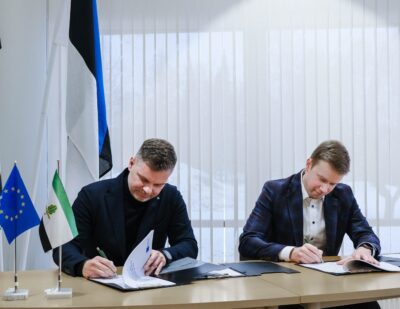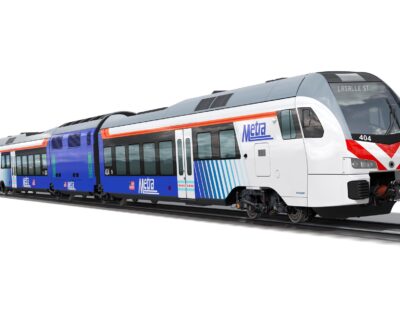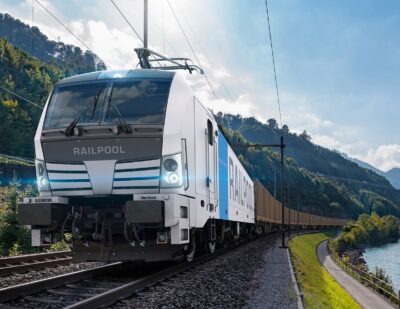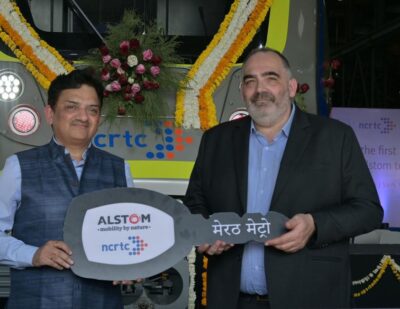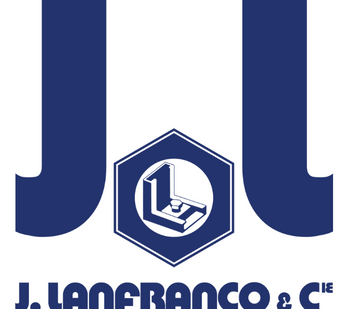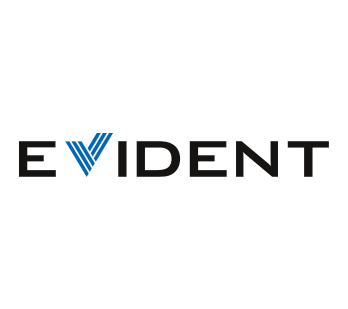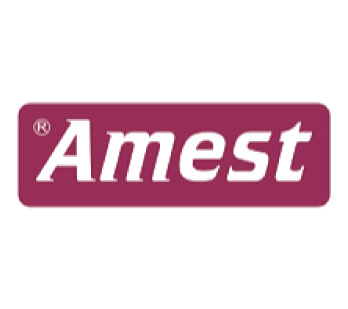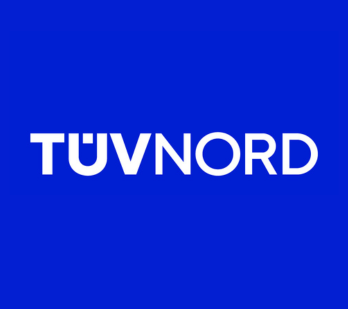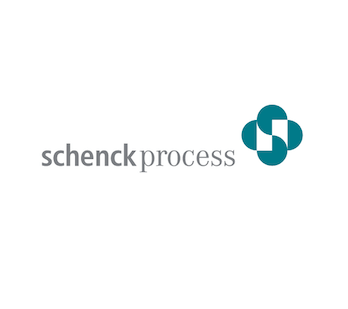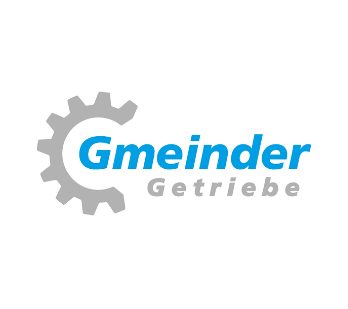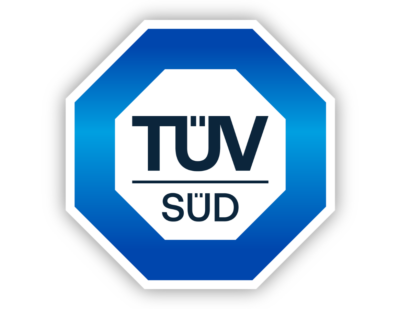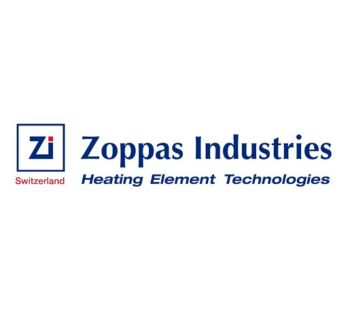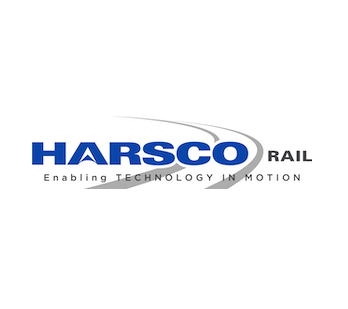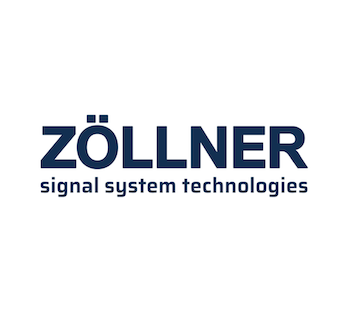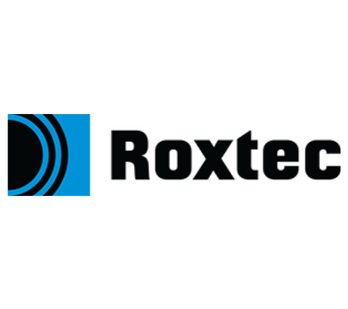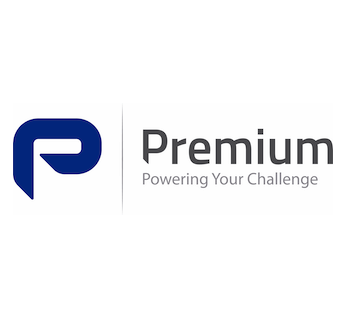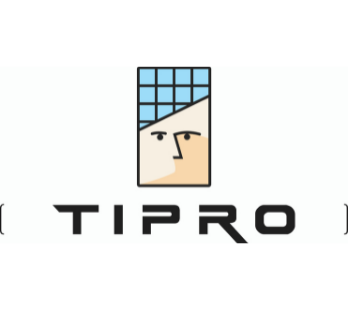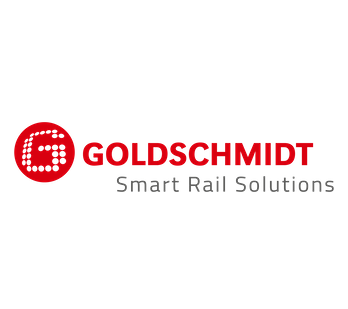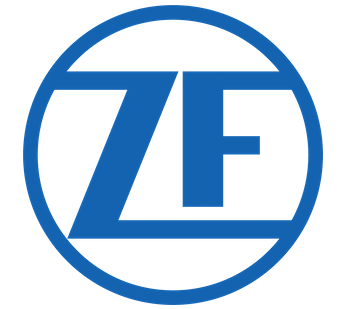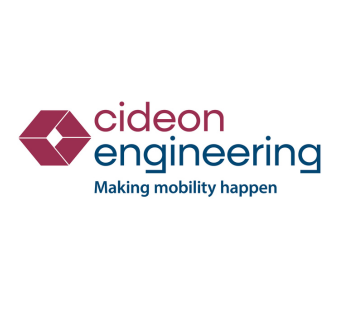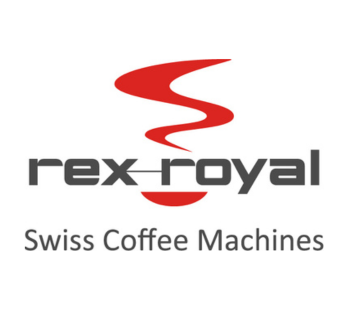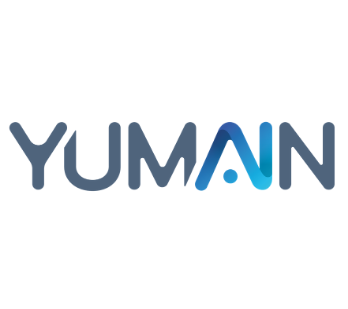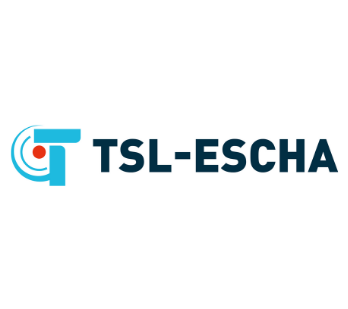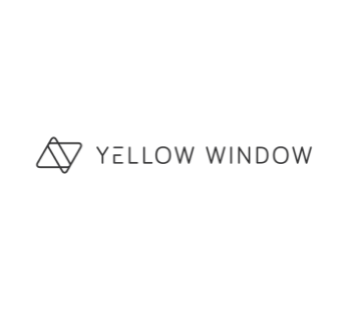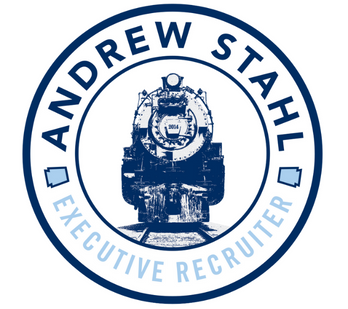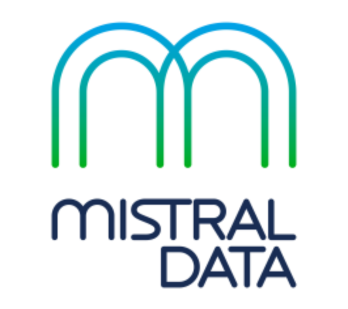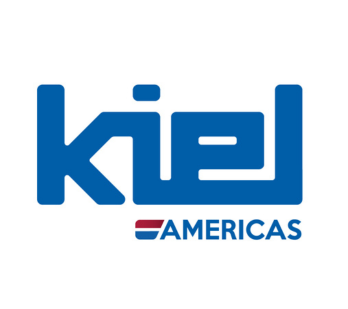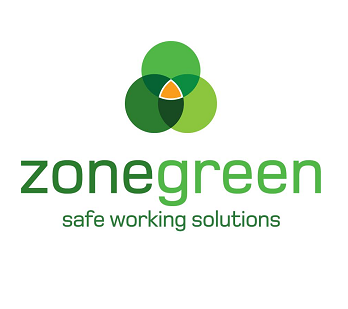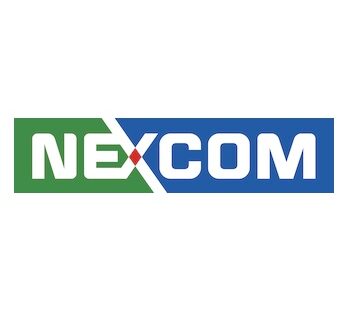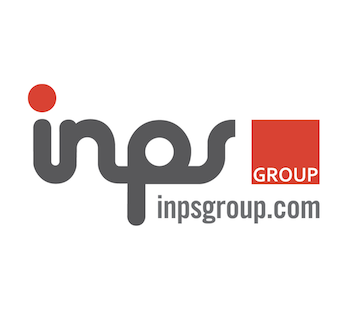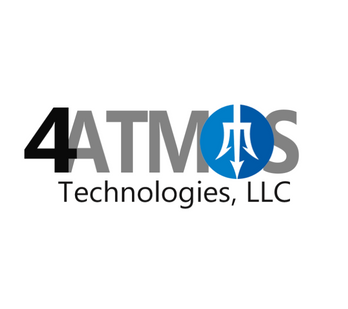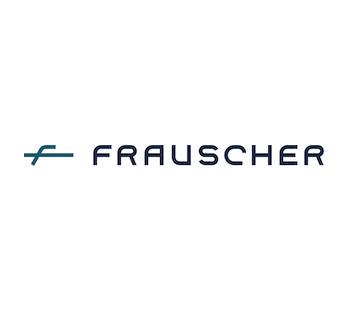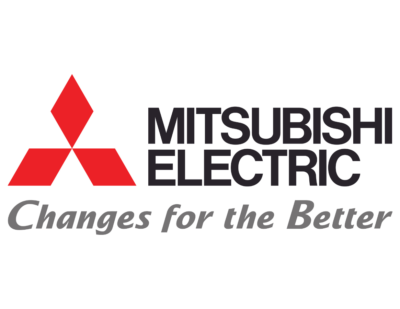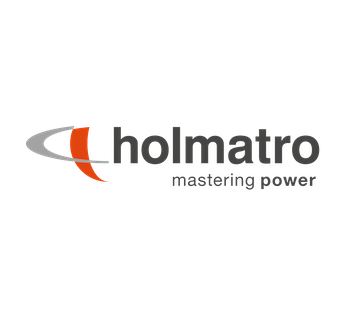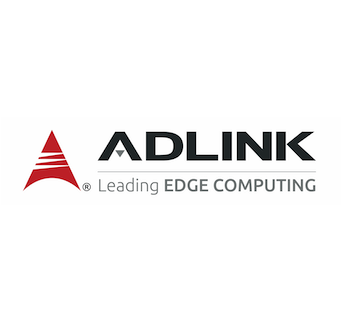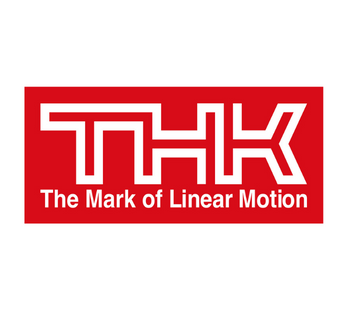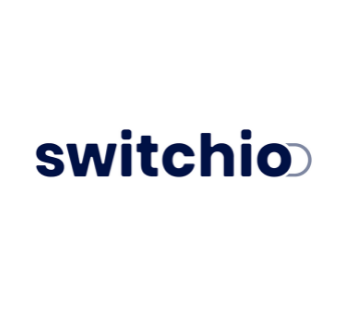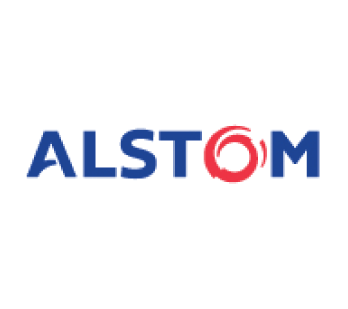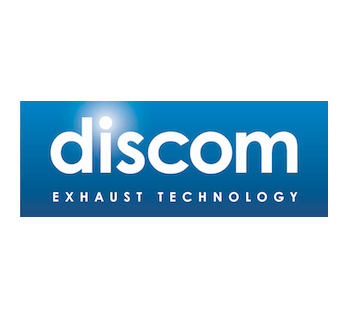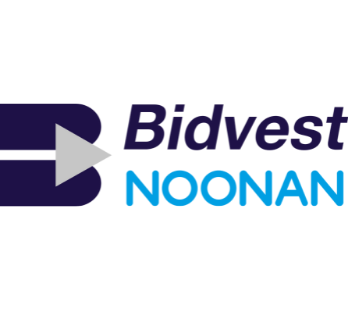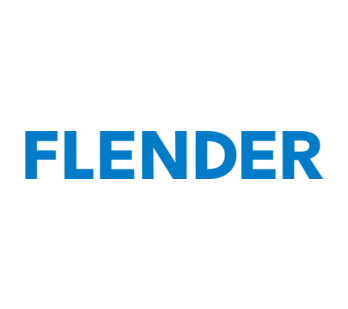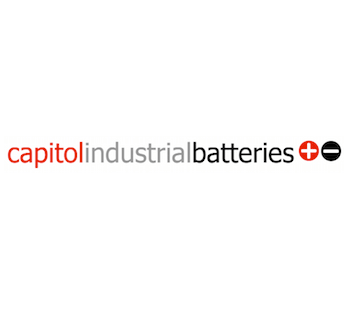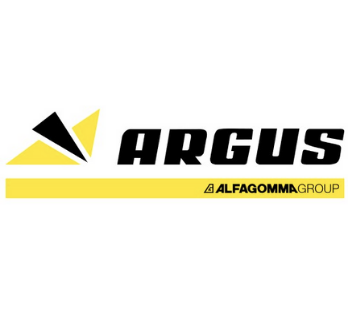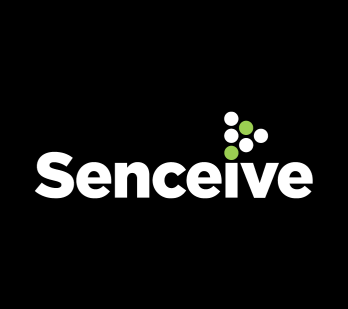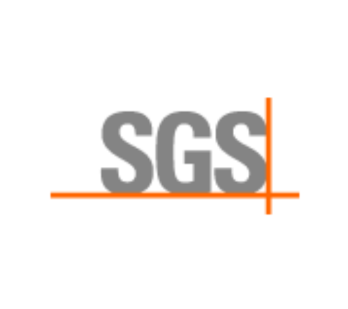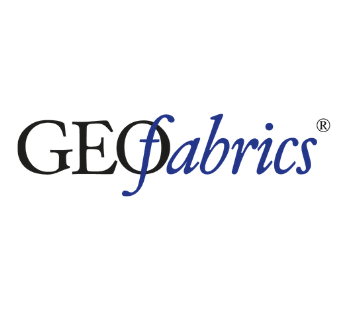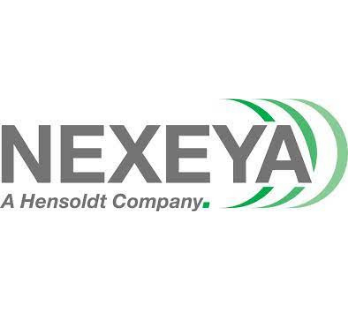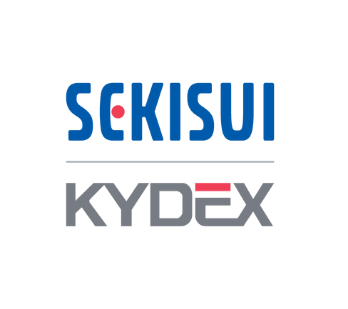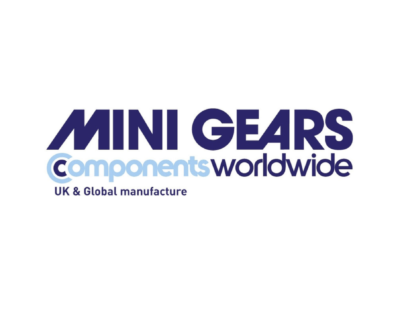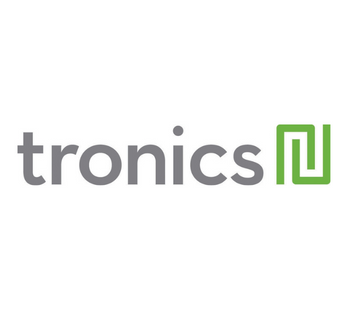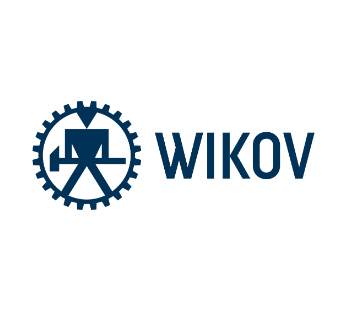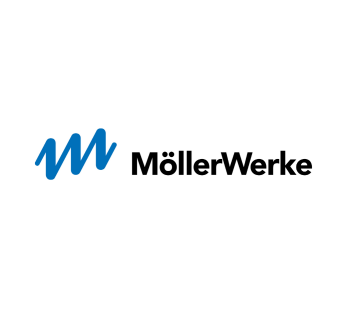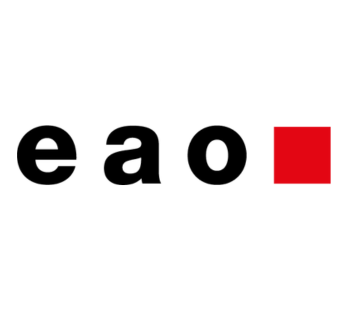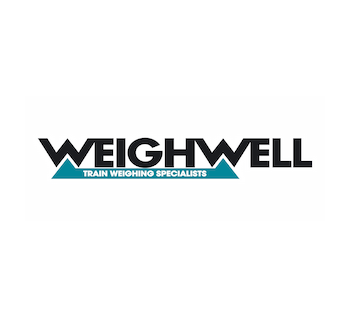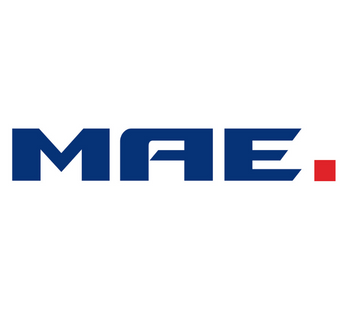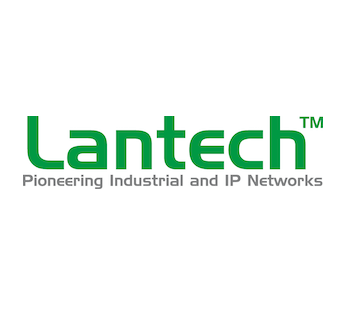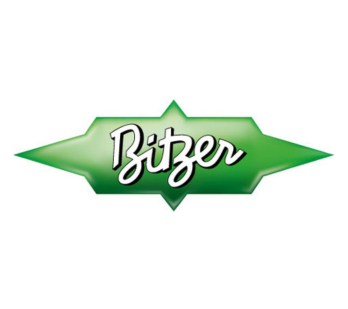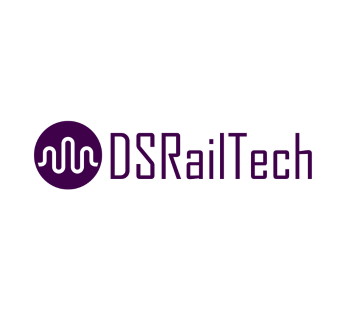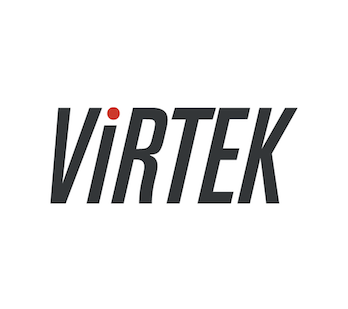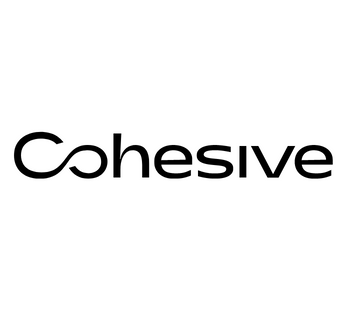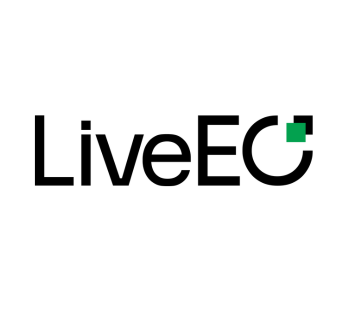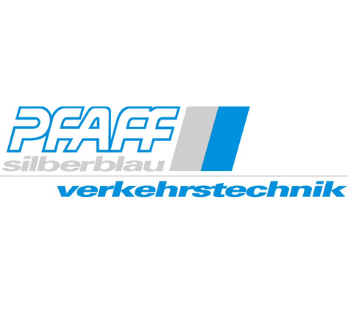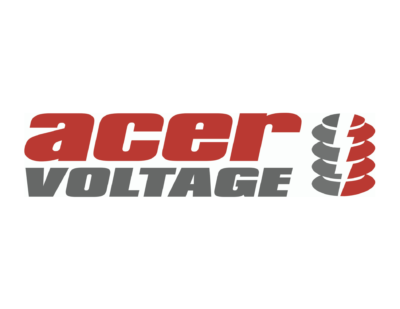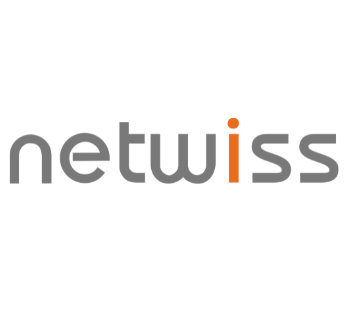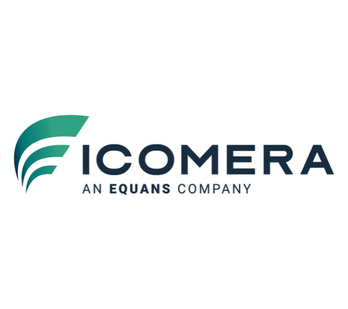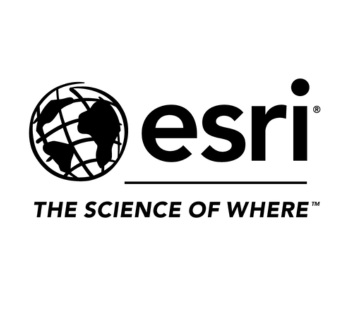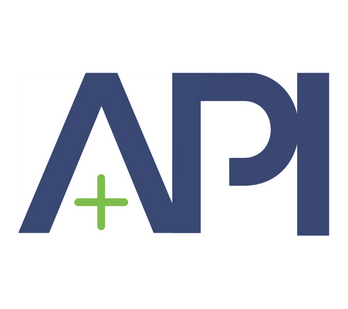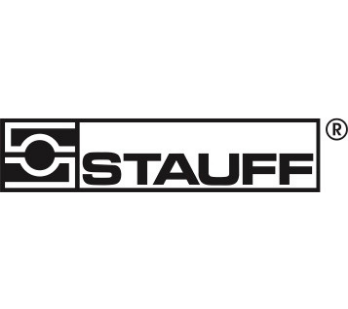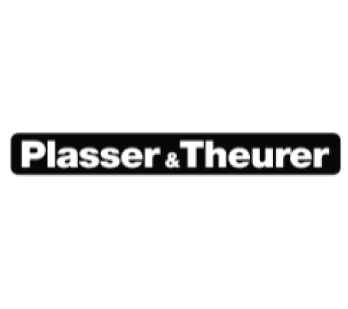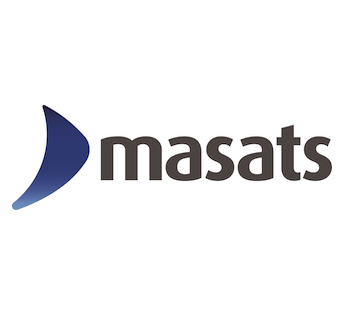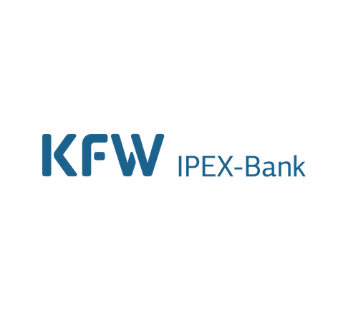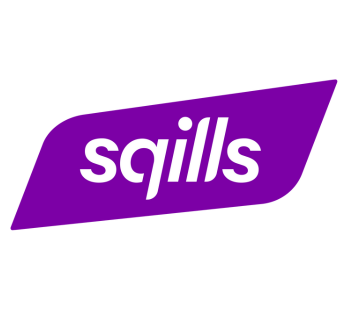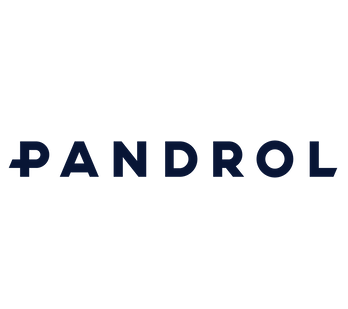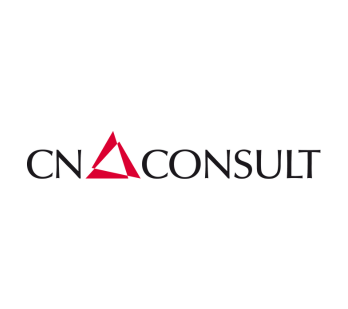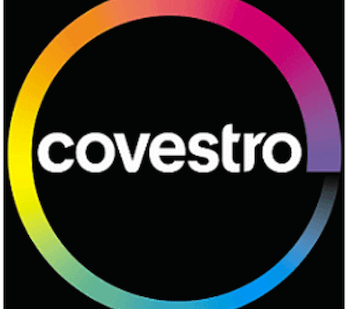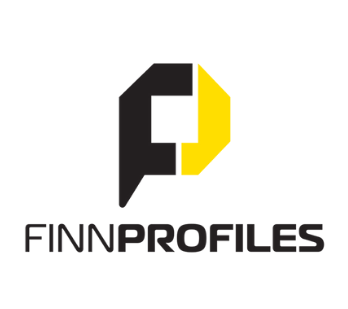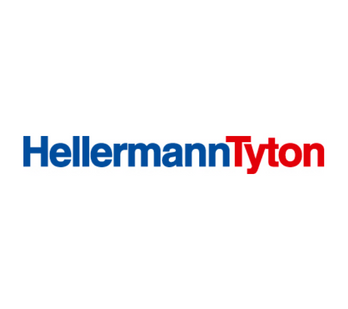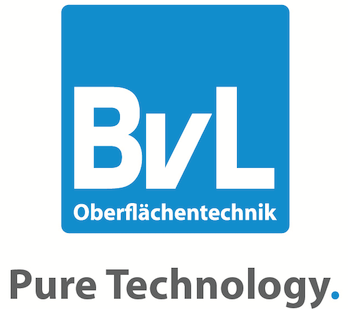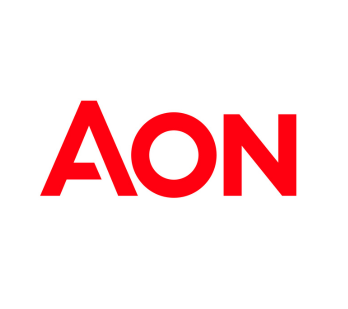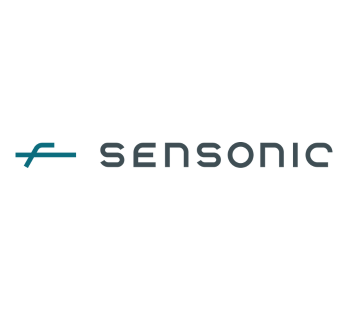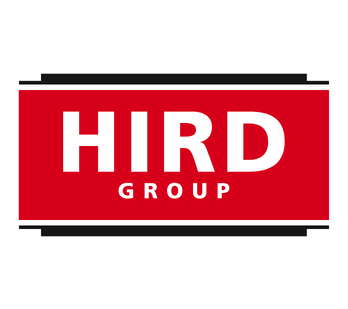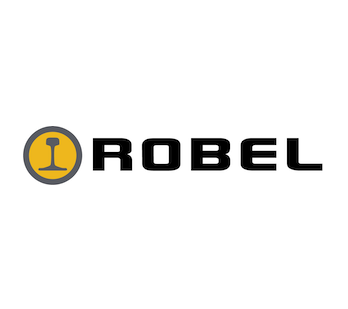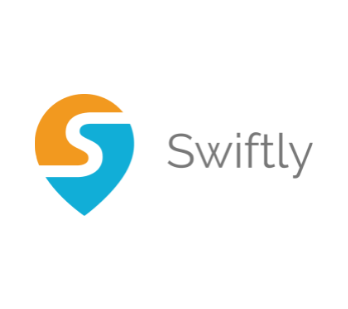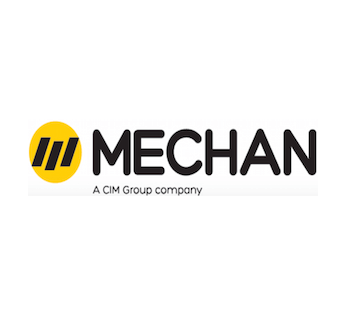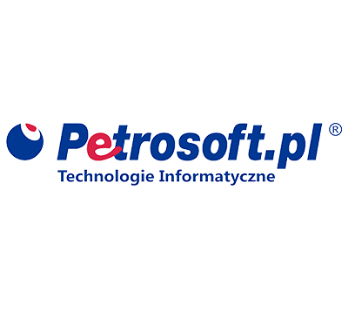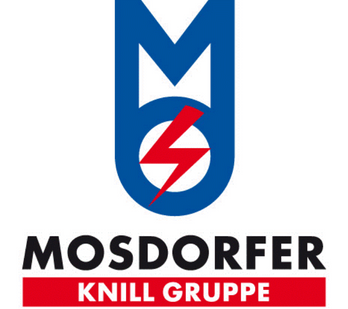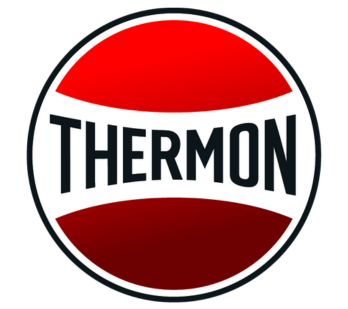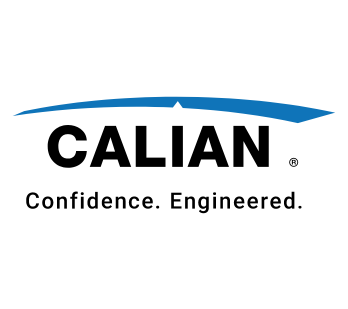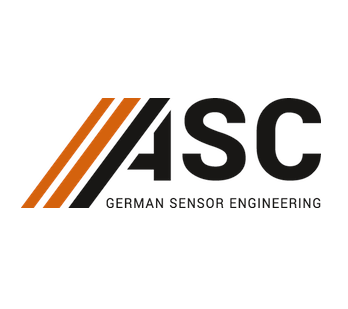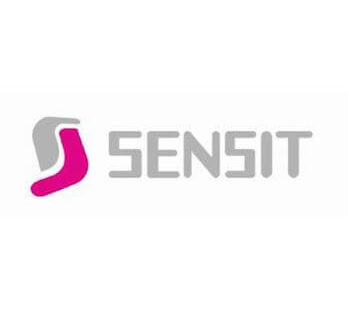Melbourne is Australia’s fastest-growing city and features a number of exciting rail infrastructure projects that are scheduled to open in the short and medium term. You can also read our Infrastructure Progress Report · Sydney to find out more about rail developments in Australia.
- What: Melbourne Metro Tunnel
- Scheduled opening: 2025
Project overview:
The 11 billion AUD Metro Tunnel in Melbourne will create a new rail line from Sunbury (west) to Cranbourne/Pakenham (southeast) that will operate high-capacity trains. The project includes the construction of five new underground stations (North Melbourne, Parkville, State Library, Town Hall, and Anzac) that will all be equipped with platform screen doors. The new tunnel will allow busy rail services to move off the existing City Loop subway and rail system, freeing up capacity for other services on the Loop.
The project includes twin 9km rail tunnels between South Kensington station and South Yarra that will run under the Yarra river.
As a result of the new Metro Tunnel, there will be a capacity increase of 504,000 passengers during each peak period.
The high-capacity (moving block) CBTC signalling equipment that will be installed will increase capacity from 20 trains to 24 trains per hour. The signalling will be delivered by the Rail Systems Alliance, a consortium comprising CPB Contractors, Bombardier, Metro Trains Melbourne and Rail Projects Victoria.
Rolling stock:
Downer Rail – CRRC Changchun Railway Vehicles – Plenary Group (Evolution Rail consortium) High Capacity Metro Trains. The consortium won the contract in September 2016. These electric multiple units will run in a seven-car formation that can seat 502 passengers and hold a maximum of 1800. They are being manufactured in Changchun in China, with final assembly taking place in the Melbourne suburb of Newport. The trains will be 160m long and run at a top speed of 130km/h. The original intention had been to have the new rolling stock serving existing lines on the City Loop from 2018 onwards, but this date has now been pushed back to mid-2020. Mainline testing should begin shortly. In total, 65 trains have been ordered for 2.3 billion AUD.
Project status:
Construction began in 2018. Now, tunnel boring machines Joan and Meg have started operations on the North Melbourne to Kensington section after they were assembled at the new North Melbourne Station site in mid-2019. TBM Joan, which broke ground shortly before TBM Meg, has travelled more than 250 metres west from North Melbourne and installed more than 140 rings to line the tunnel.
TBM Meg has tunnelled around 50 metres towards the tunnel entrance in Kensington, installing more than 20 rings. The average speed of the TBMs is 10 metres in 24 hours.
During the tunnelling operations, the mix shield TBMs will pipe the excavated soil mix back to a site in North Melbourne. At the same time they will line the tunnel with curved concrete segments.
TBMs Joan and Meg should arrive at Kensington in early 2020. They will then be transported back to the site in North Melbourne, where they will begin tunnelling towards Parkville and the central business district.
Two further TMBs will begin tunnelling in 2020. TBMs Alice and Millie will create the tunnel between Anzac Station and the eastern tunnel entrance.
- What: Melbourne Airport Rail Link
- Scheduled opening: 2031 (projected)
Project overview:
The Victoria State Government has given the green light to progress the detailed Business Case for the Melbourne Airport Rail Link, selecting the Sunshine Route is the preferred option. This 27km route won out against three other alternatives as it demonstrates superior connections to Greater Melbourne and to regional Victoria. It also benefits from earlier deliverability. The route runs westwards out of Melbourne’s CBD and would be integrated with the Metro Tunnel. Once it reaches Sunshine it then heads north to Melbourne Airport.
In April 2018 the Federal Government pledged 5 billion AUD for the project. Three months later the State Government announced it would match the federal funding with another 5 billion AUD.
It is estimated that Melbourne Airport will process 67 million passengers by 2038. Currently, the only connection to the airport is via a freeway. In comparison, Paris Charles De Gaulle Airport currently handles 69 million passengers annually and is served by two rail lines.
Rolling stock:
Not yet known.
Project status:
Stakeholder consultations began in July 2018 and are ongoing. The Victoria State Government also are undertaking early investigations such as what flora and fauna exist along the rail corridor, and what the cultural and historic heritage is along the line. Furthermore it is performing geotechnical investigations, utility surveys and inspections, and traffic surveys. The business case itself will be completed by Rail Projects Victoria in 2020. It will assess station and procurement options, value capture and creation opportunities and deliver an economic analysis of the recommended solution. The tender process was launched in mid-September. Construction is then to begin in 2022.
- What: Suburban Rail Loop
- Scheduled opening: 2050 (projected)
Project overview:
The Suburban Rail Loop is broken down into several stages, and Stage 1, between Box Hill and Cheltenham is confirmed. A further stage would extend the loop to Broadmeadows to the northwest of the CBD and onwards to Melbourne Airport, reaching it from the north and complementing the Melbourne Airport Rail Link, which will reach the airport from the south. Finally, a third stage would run from Melbourne Airport to Werribee (in the west) via Sunshine.
Three new transport super hubs at Clayton, Broadmeadows and Sunshine will connect regional passengers to the Suburban Rail Loop. Of these, Clayton is part of Stage 1. As a result, people living in the areas surrounding Melbourne won’t need to travel to the city centre to access jobs in the growing economic precincts outside of the CBD.
The Loop would traverse Melbourne’s suburbs roughly 15–25km out from the CBD and run for approximately 90km. The cost estimate for the project is 50–100 billion AUD.
Rolling stock:
Not yet known.
Project status:
After the project was announced in August 2018, the Victorian Government committed 300 million UD for the planning, investigations and business case development for the Suburban Rail Loop in Melbourne. The project will be delivered by the Suburban Rail Loop Authority, which was established in September 2019. The stakeholder engagement process started in May 2019. Geotechnical drilling and environmental investigations began in Box hill in July and will continue throughout 2019 and 2020. The target start date for construction works on the southeast section is 2022.
